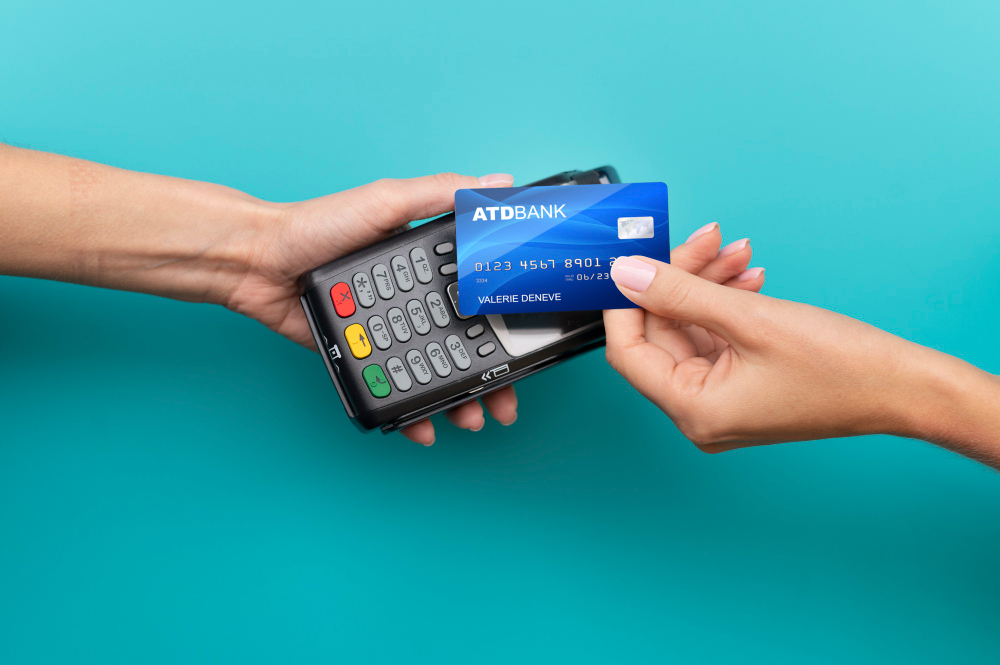The Ultimate Guide to Secured and Unsecured Credit Cards
Unsecured and secured credit cards have differences that should be considered when making your choice. See more.
In America, credit cards play a vital role in building credit history and managing personal finances.
Among the available options, secured and unsecured credit cards are two of the most popular categories.

Understanding the differences between these two types of cards is essential for choosing the one that best suits your financial needs.
What is a secured credit card?
A secured credit card is designed for people who are building or rebuilding their credit history.
What sets this type of card apart is the requirement for a security deposit as collateral. This deposit is usually equal to the card’s credit limit.
For example, if you deposit $500, that will be your credit limit. Secured cards are widely used by individuals with little or no credit history.
Although they require an initial deposit, they function like traditional credit cards: you can make purchases, pay bills, and, if payments are made on time, build a positive credit history.
Benefits of secured cards
See the main benefits:
- Accessibility: People with low or no credit scores are more likely to get approved for a secured card.
- Credit building: Timely payments are reported to major credit bureaus, helping improve your credit score.
- Spending control: The deposit-based limit can help prevent overspending.
Limitations of secured cards
- Initial deposit: Setting aside a significant amount for the deposit may be challenging for some people.
- Fees: Some secured cards come with annual or monthly fees that add to the cost.
- Low limit: The credit limit is typically restricted to the deposit amount, which can be limiting.
What is an unsecured credit card?
Unsecured credit cards are the most common in the United States and do not require a security deposit.
The credit limit is determined based on an analysis of your financial profile, including your credit score, income, and payment history.
These cards offer more benefits, such as rewards, cashback, and points programs, as well as higher credit limits.
However, they are harder to obtain for people with low credit scores or limited credit history.
Benefits of unsecured cards
See the main benefits
- Rewards: Many offer cashback programs, airline miles, or loyalty points.
- Higher limits: They generally provide higher credit limits than secured cards.
- Flexibility: Without the need for a deposit, you can allocate your funds to other priorities.
Limitations of unsecured cards
- Approval difficulty: People with low credit scores may find it hard to get approved.
- High interest rates: Interest rates can be steep, especially for those with weaker credit histories.
- Risk of debt: With higher credit limits, it’s easier to accumulate debt.
How to choose between a secured and unsecured credit card
Here are some factors to consider when deciding on the right type of credit card:
- Credit history: If you have little or no credit history, a secured card can be an ideal starting point.
- Ability to make a deposit: If you can’t afford an initial deposit, an unsecured card might be an option, though approval will depend on your credit profile.
- Long-term goals: If you’re looking for rewards and greater flexibility, an unsecured card is more advantageous.
Building a healthy credit history
Regardless of the type of card you choose, using it responsibly is key to building a solid credit history in the United States. Here are some tips to help you to improve your credit.
- Pay your bill on time: Timely payments are one of the most important factors in your credit score.
- Use a low percentage of your limit: Aim to keep your credit utilization below 30% of your total limit.
- Avoid multiple card applications: Each application can temporarily affect your credit score.
Final considerations
Credit cards, whether secured or unsecured, are powerful tools for building credit history and achieving financial goals in the United States.
Choosing the right card depends on your financial needs and situation. Evaluate your options, use the card responsibly, and remember that building a good credit history requires patience and discipline.





